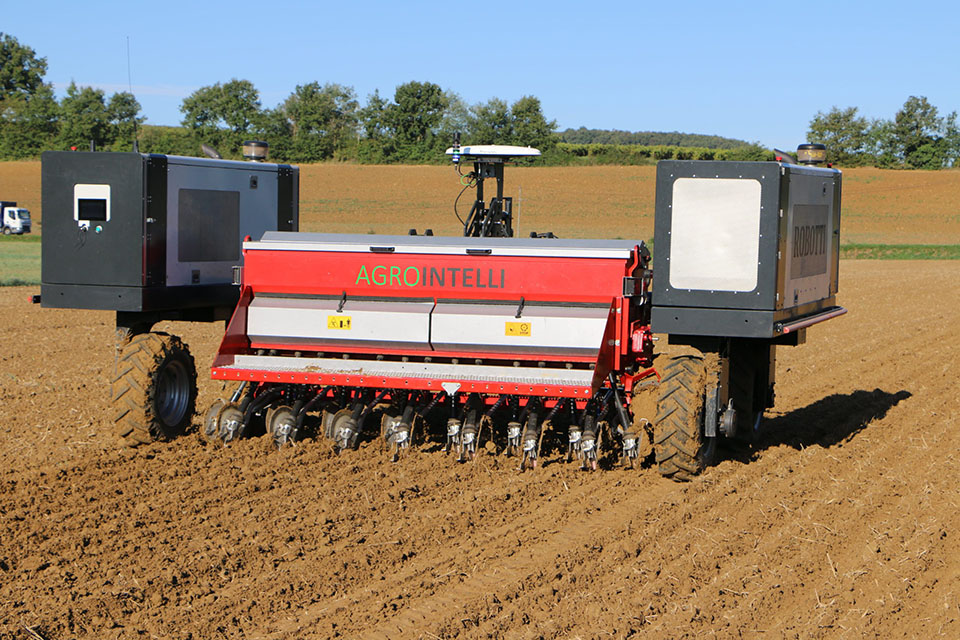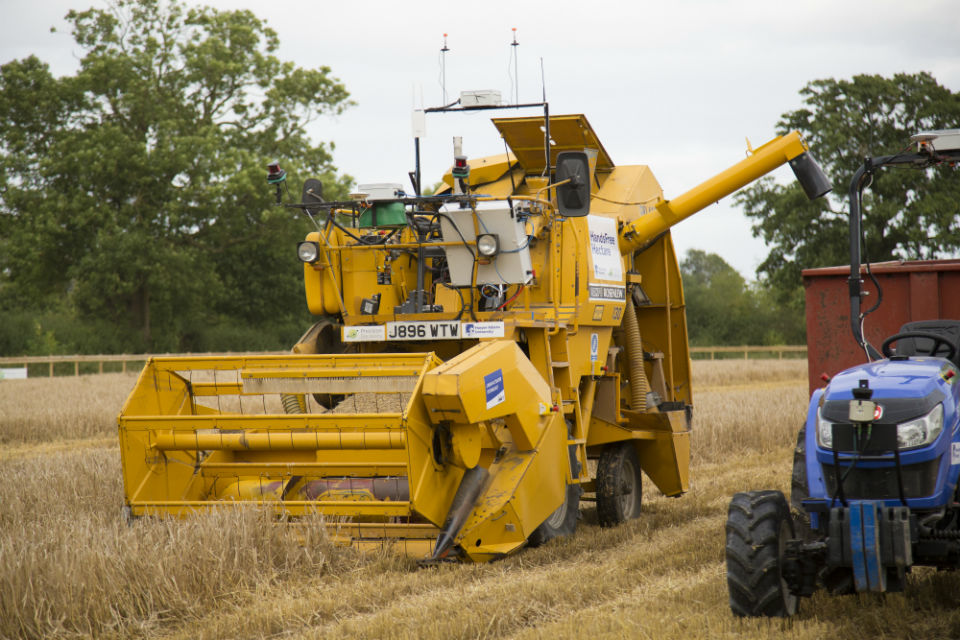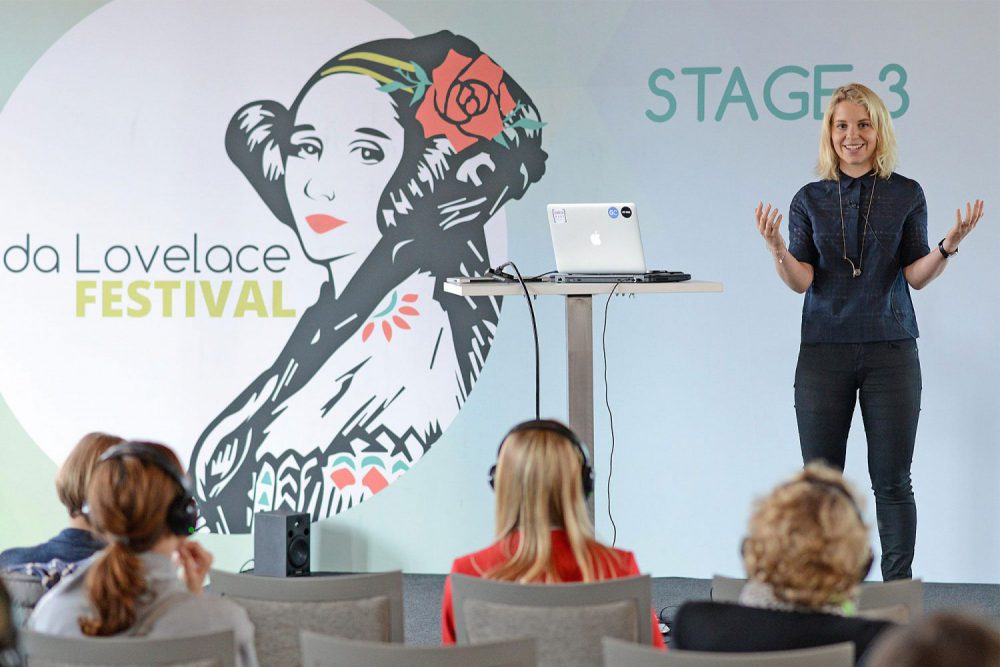In the Robot Farm Future Intelligence’s PassW0rd radio show turns its attention to the impact of robotics on farming . It finds that population growth and global warming have led to an explosion in the use of AI systems in agriculture. The pastoral idyll of the good life has gone forever.
In the future, according to former Government ministers, farmers, academics and experts robots will be everywhere. Computerised combines will be in constant contact with satellites. They will decide when to harvest and and based on crop yield will map out fertilising and manuring plans for when the harvest is in. The fields will be harvested when sensors tell the machines that they are ready. While robot milking parlours will tell the computers when a cow is to be inseminated and when she is to be slaughtered. Movement sensors in the cows ears will map an animal’s life from birth to death.
The robot farm is hyper efficient, environmentally friendly and, like nature, does not believe in waste. On the robot farm the nerve centre of the operation is the laptop on the breakfast table of the farm kitchen. Where instead of the farmer eating in mucky overalls they look over the data collected on his farm by sensors and satellites. Data that has been analysed in the cloud on which they base the decisions that they issue to his robots.
Flocks of sheep will form Wi-Fi networks and people will be as hard to find as rare breeds.
Robots plough the fields and scatter
A farming world that is not in the future but is in the here and now. In 2017, a collaboration between Harper Adams University and York based Precision Decisions, planted, tended and harvested the first field of Spring Barley in the world grown solely by robots and drones. In 2016, 500 farms in the UK were using robot milking parlours to milk 60,000 of the countries 1,883,000 cows. In 2021, the UK ‘s first robot tractor started working on fields in Nacton in Suffolk.
“Farming is going to have to use technology to meet the huge challenge of food supply in the future,” Sir James Paice, the former Tory Agriculture Minister told the PassW0rd programme. “I don’t think as a society and I don’t think the whole UK governing body, has fully understood what’s going to happen the next 30, 40 years. The growth in world population, the impact of climate change on many parts of the world, and the ability of those parts of the world effected by climate change to produce food means we’re going to be at a serious risk. We could be short of food in the next 30 or 40 years. I don’t think people are fully working up to that”, said Sir James, David Cameron’s first Agriculture Minister in 2010.
“We’re going to see a continued advance of technology, the use of robotics, the use of satellites in growing our crops, robotics in in both crop production and in livestock production. We now have fully automatic milking parlours with no human intervention in milking dairy cows. The cow puts itself into a machine and the machine operates and milks the cow and the cow walks out again. We’re seeing dramatic changes like that happening. We’re going to see more. We’re going to see advances in science.” Sir James added.
Robot weeding
It is a world where small robot tractors and drones will work the fields planting, weeding and harvesting only when they should. Soon the monstrous farm machinery of today will becomes as redundant as the dinosaur because it’s sheer size crushes the life out of the soil. Its size also means that it can only be used when the soil is dry enough to take the machine’s weight.

On the robot farm even the weeds will be managed by robots with lasers, according to leading agricultural expert Professor Simon Blackmore.
“Laser weeding is where we can use cameras and machine vision to be able to recognise the difference between the crop plants and the weeds. We can then identify up to 26 different species of weeds. We know the leaf area, the biomass and the position of the weed. We can also measure or locate the Meristem, the growing point of the weed. If we heat up that growing point to 96 degrees, we see the telltale rupture and the plant. The weed plant is not killed, but it goes dormant.
“So we can then bypass the whole concept of using chemicals and herbicides to kill weeds and just use a very tiny amount of heat delivered through a steerable laser to be able to control weeds,” said Professor Blackmore, of Harper Adams one of the world’s leading specialist agricultural universities.
More on robots: Scientists urge UN to ban robot weapons – Future Intelligence
Robots will do one third of jobs by 2024 – Future Intelligence









